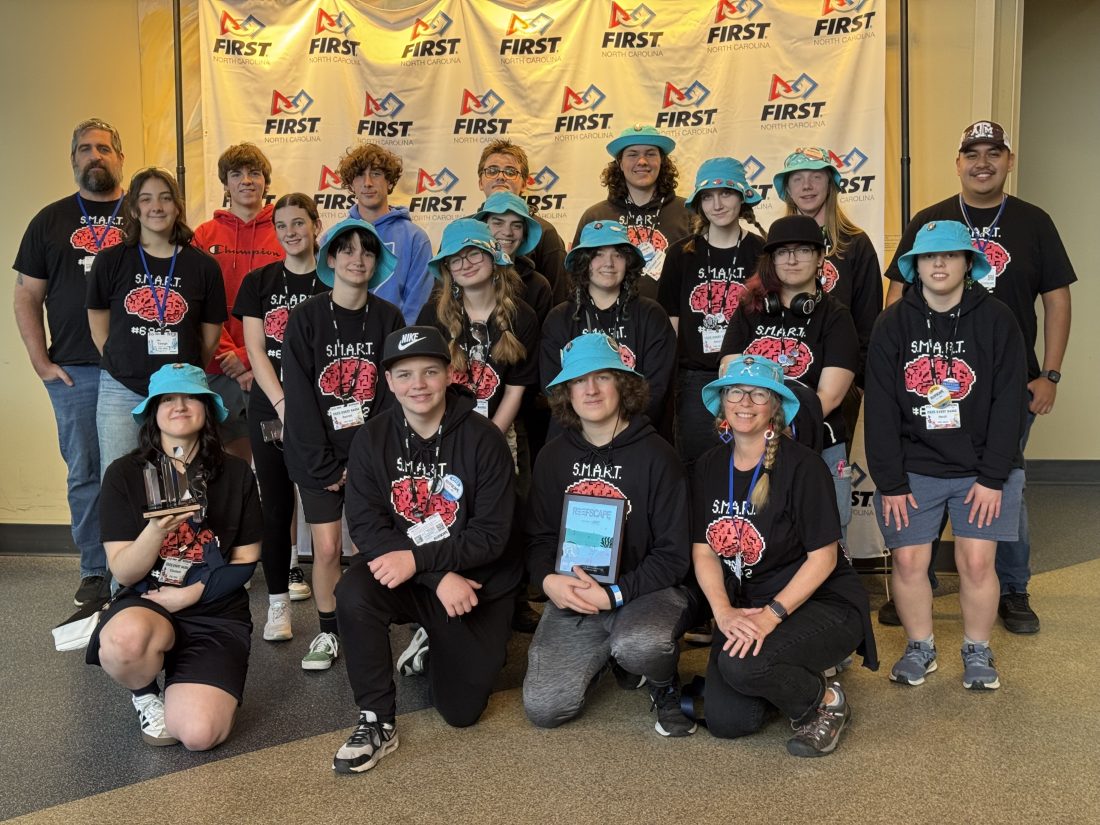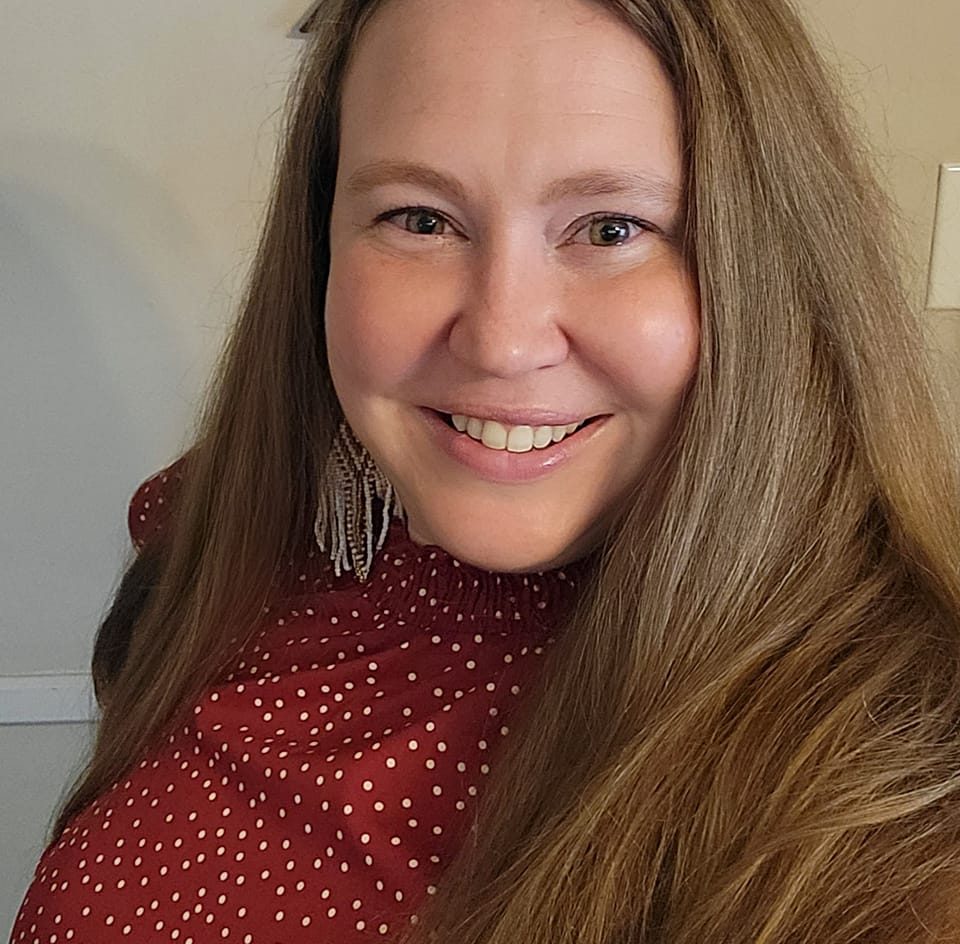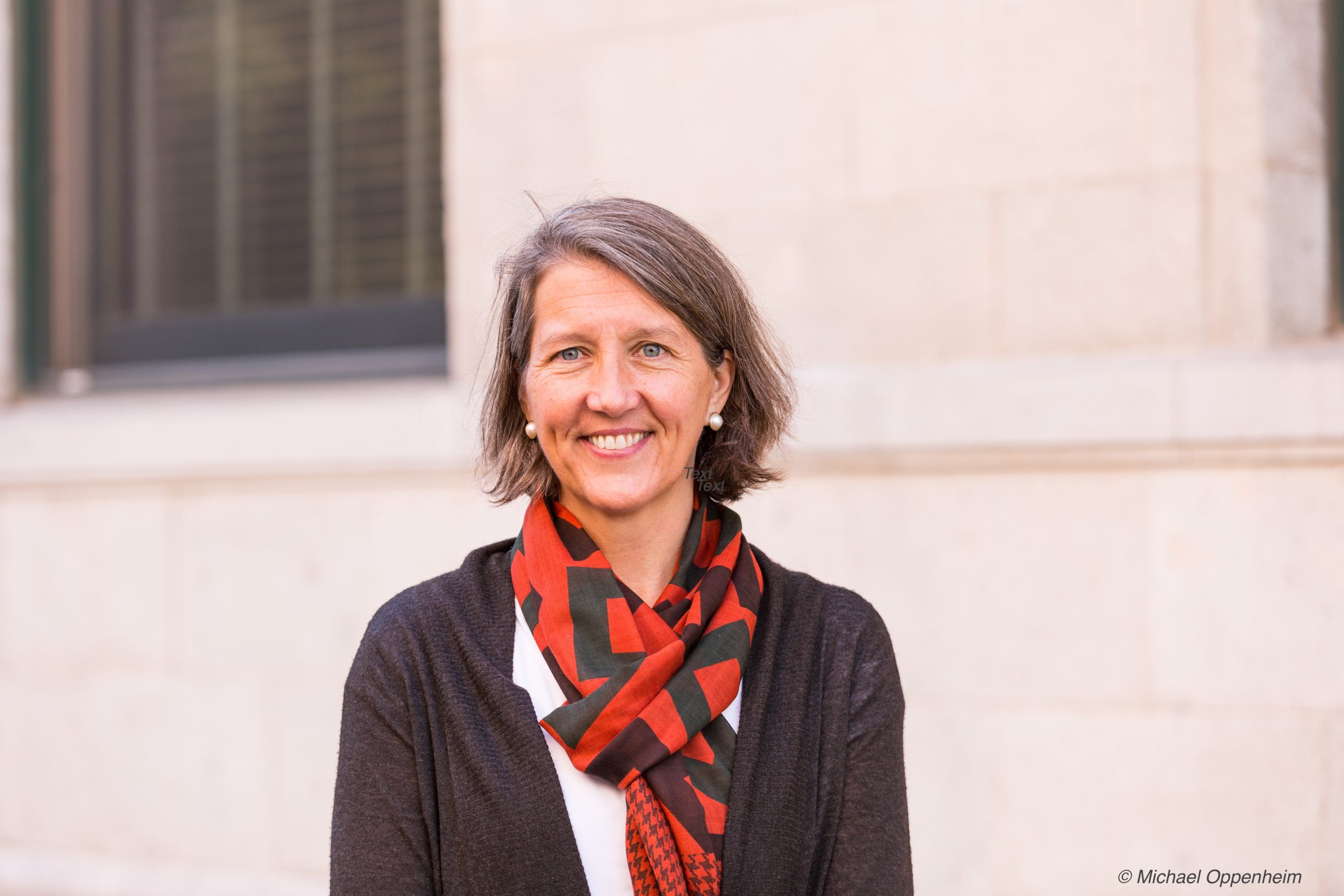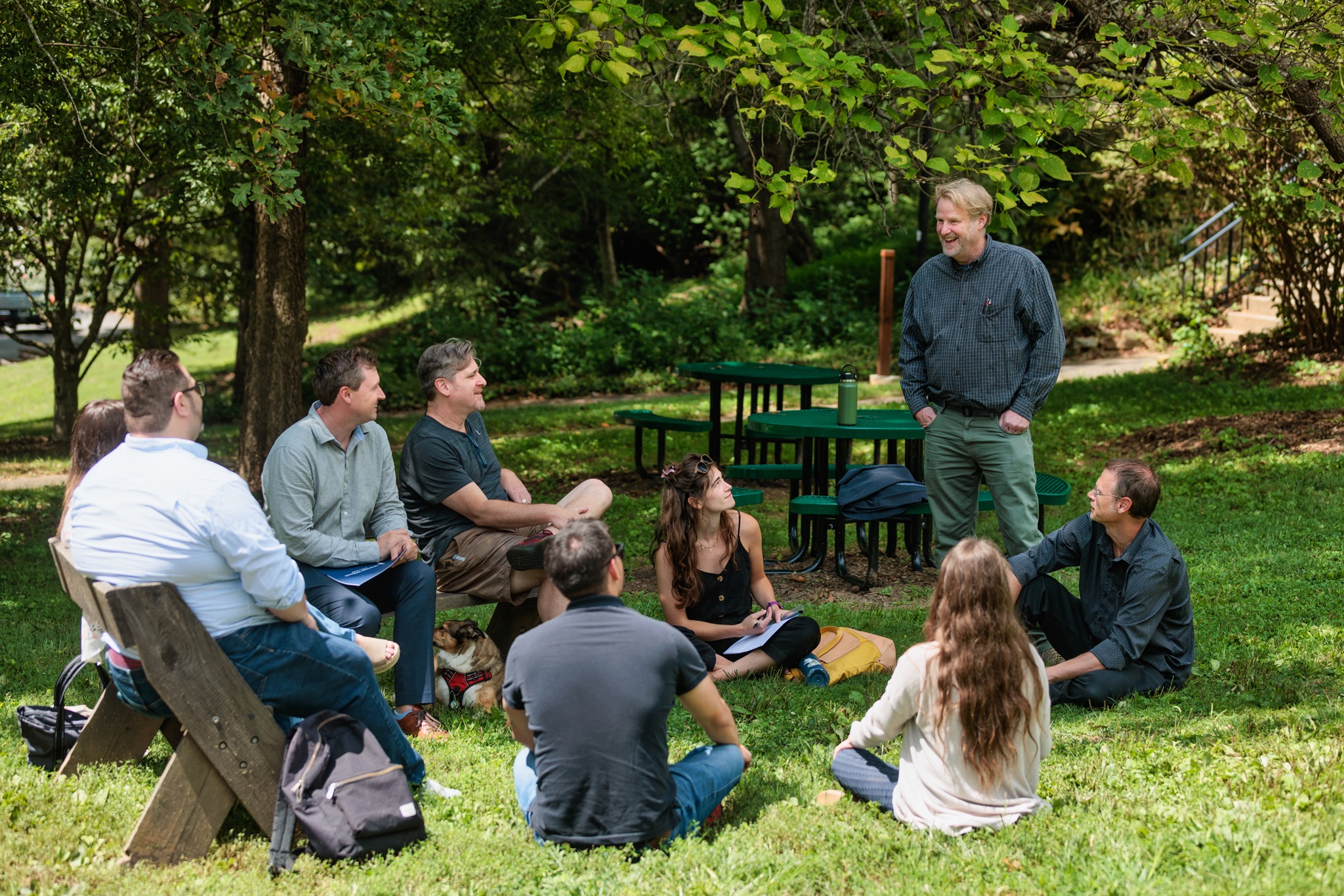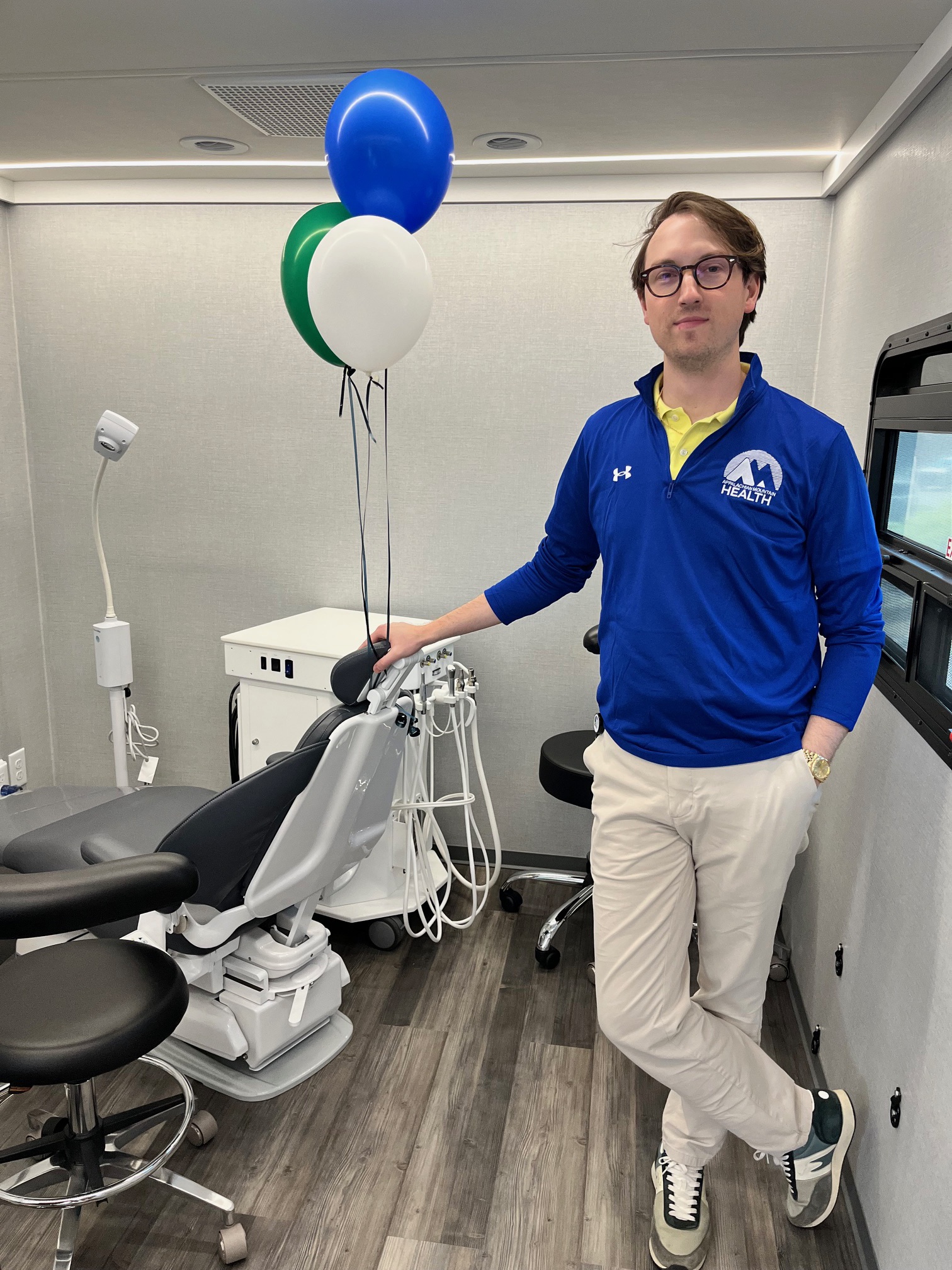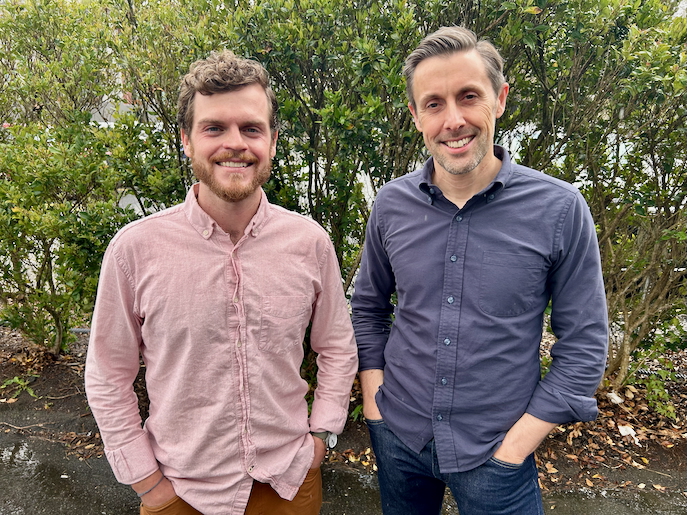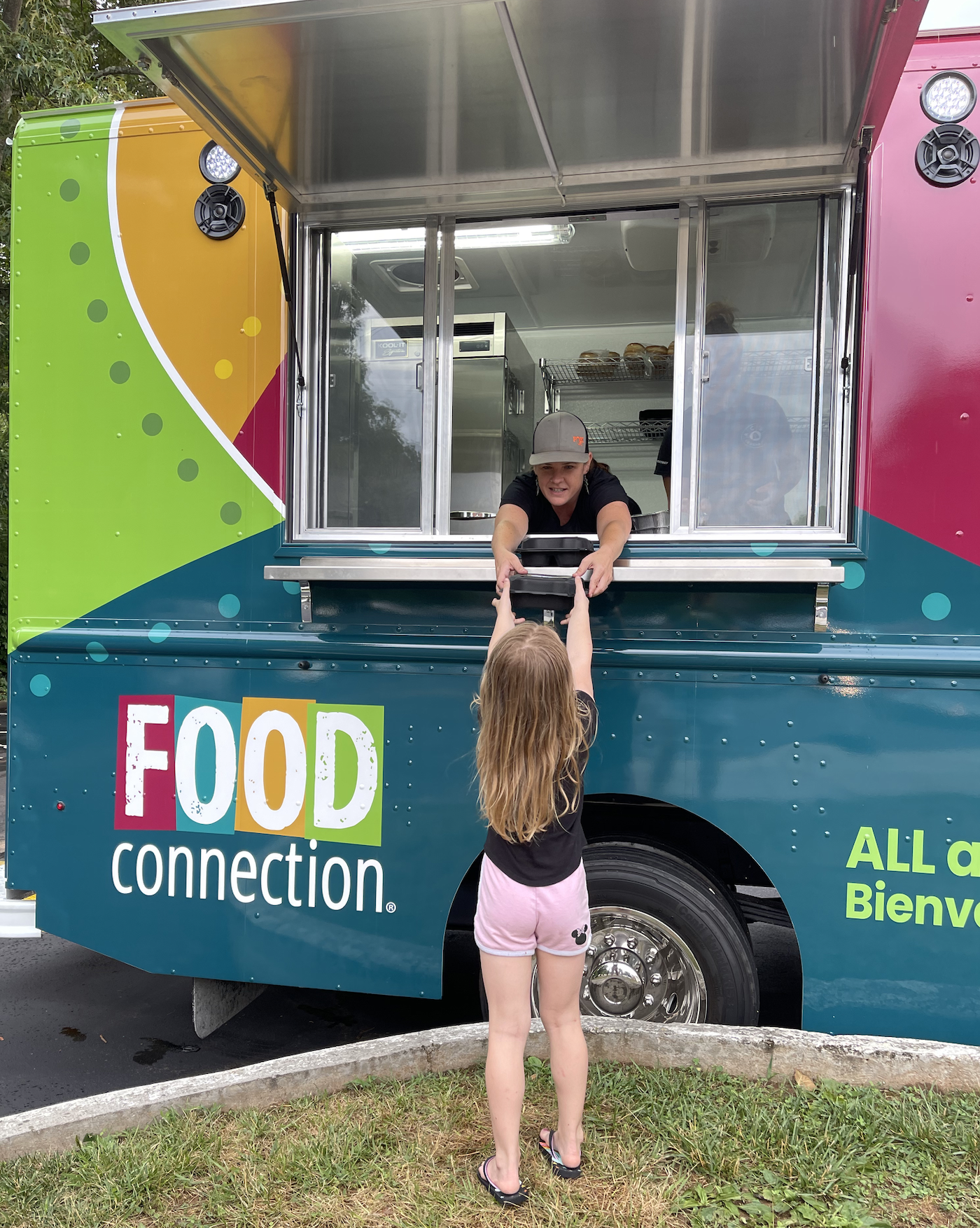A powerhouse of teenage ingenuity and teamwork in Jackson County is making a mark in the competitive robotics community. Composed of local high school students, the Smoky Mountain Academic Robotics Team (SMART) recently won the Creativity Award at a district competition held at UNC Asheville as well as the Gracious Professionalism Award at a Mecklenburg County event.
Working cooperatively with other teams, For Inspiration and Recognition of Science and Technology (FIRST) robotics competitions require groups to direct their custom robots to solve complex puzzles and navigate specialized tasks, making alliances with other competitors and earning ranking points and special recognitions along the way.
On Saturday, April 26, from 10 a.m.-4 p.m., the team will be showcasing its robot on Main Street in downtown Sylva at the Greening Up the Mountains event.
To learn more about how this small mountain town is assembling an award-winning competitive robotics machine, Xpress recently sat down with student team members Aeryn O’Connell, Elise Denmon and Heidi Dinkelmeyer, as well as team mentor and co-founder, Larissa Miller, who helped create the Smoky Mountain Academic Robotics Team out of a desire to see her sons continue to develop their interest in robotics as they moved from middle to high school.
Xpress: What is your SMART origin story? How did you become aware of and interested in competitive robotics?
Miller: I was part of the original group that started this program in Jackson County. I have three children, and all of them were really into Lego. In 2013, we started the FIRST Lego League team at their elementary school, and we have been able to just continue to grow that program. I don’t work for the school district. I’m just a really dedicated parent. I just love this program so much, and I love being able to give my time to it.
When I look at the activities that we do as a team, we’ve just been growing every year. We do STEM-focused activities and lead summer day camps and after-school programs. Out here in the western part of the state, there just are not very many opportunities for kids who want to pursue their interest in science and technology, engineering, art and math. We try to grow that every year.
O’Connell: I had never really done an extracurricular before, but I had some connections with people on the team. They sparked my interest, and it sounded really fun.
Denmon: At one of the team’s outreach events, I was hooked.
Dinkelmeyer: I am really interested in coding and electronics and was part of FIRST Lego League when I was younger.
What are the most important skills required to participate in competitive robotics?
O’Connell: There are definitely hard and soft skills that you need to focus on. Communication is a really big part of it.
Dinkelmeyer: We have several subteams on our team. We are on the PR and impact teams, which focus on marketing and outreach, but there are also build, electrical and programming [teams].
Denmon: It’s also really important that we cooperate with other competing teams. One of the core values of the FIRST organization is to build relationships with other teams.
What do these competitions look like, and is it anything at all like that old TV show “Robot Wars”?
Dinkelmeyer: [Laughs] We don’t do robot fighting.
Denmon: Really, it’s about working with each other to complete a game.
O’Connell: Our big thing with FIRST is “gracious professionalism” — working with other teams to reach a goal. It’s not like trying to break someone else’s robot. It’s actually more about building relationships with other teams. A lot of people make friends with people on other teams.
Dinkelmeyer: Before the actual competition starts, we walk around to the other teams and ask them questions about what their robot can and can’t do. Typically, each robot can do something different. We also do match scouting. In each match there are six teams, each divided into two alliances. So before each match, each alliance gets together to create a sort of game plan so we can all work together.
O’Connell: And there’s more than just matches that will take you further in the competition. You can also win the Impact Award, which is the most prestigious award, which we actually won last year.
Denmon: That was insane. That was a very big accomplishment.
NASA is listed as a sponsor on your website. How is the team attracting new supporters on a local and national level?
Miller: NASA is a big sponsor of FIRST robotics competition teams all across the nation. The first two years that we were a team, they were our main sponsor. They paid for our registration and just helped get us off the ground — literally.
Then for the last five years, we’ve been working with an organization called the Smoky Mountains STEM Collaborative who provide STEM opportunities in our region. FIRST North Carolina is a huge supporter of our team. There are 87 teams in the state, and they’ve really helped to make sure that us folks in the outer regions of the state have the resources that we need to be able to compete successfully.
We also have a draft letter that we’re going to send out to some bigger corporations like the Googles and Apples to see if we can get some sponsorship.
On your website, each of your robots has a name. What is that process like? Do you feel as if each robot has a distinct personality?
Dinkelmeyer: We always change it up a little bit every season because each year the FIRST robot competition game is based on a different theme. This year [the theme] is called “Reefscape” and is based on the ocean.
Denmon: It really is a collaborative, creative effort brainstorming to come up with what each year’s robot is going to be called. This year it’s called “Hippocampus,” which is a mythological sea creature which fits with the ocean theme, but also we’re team “SMART,” and the hippocampus is part of the brain. We thought it was perfect!

